30 August 2023
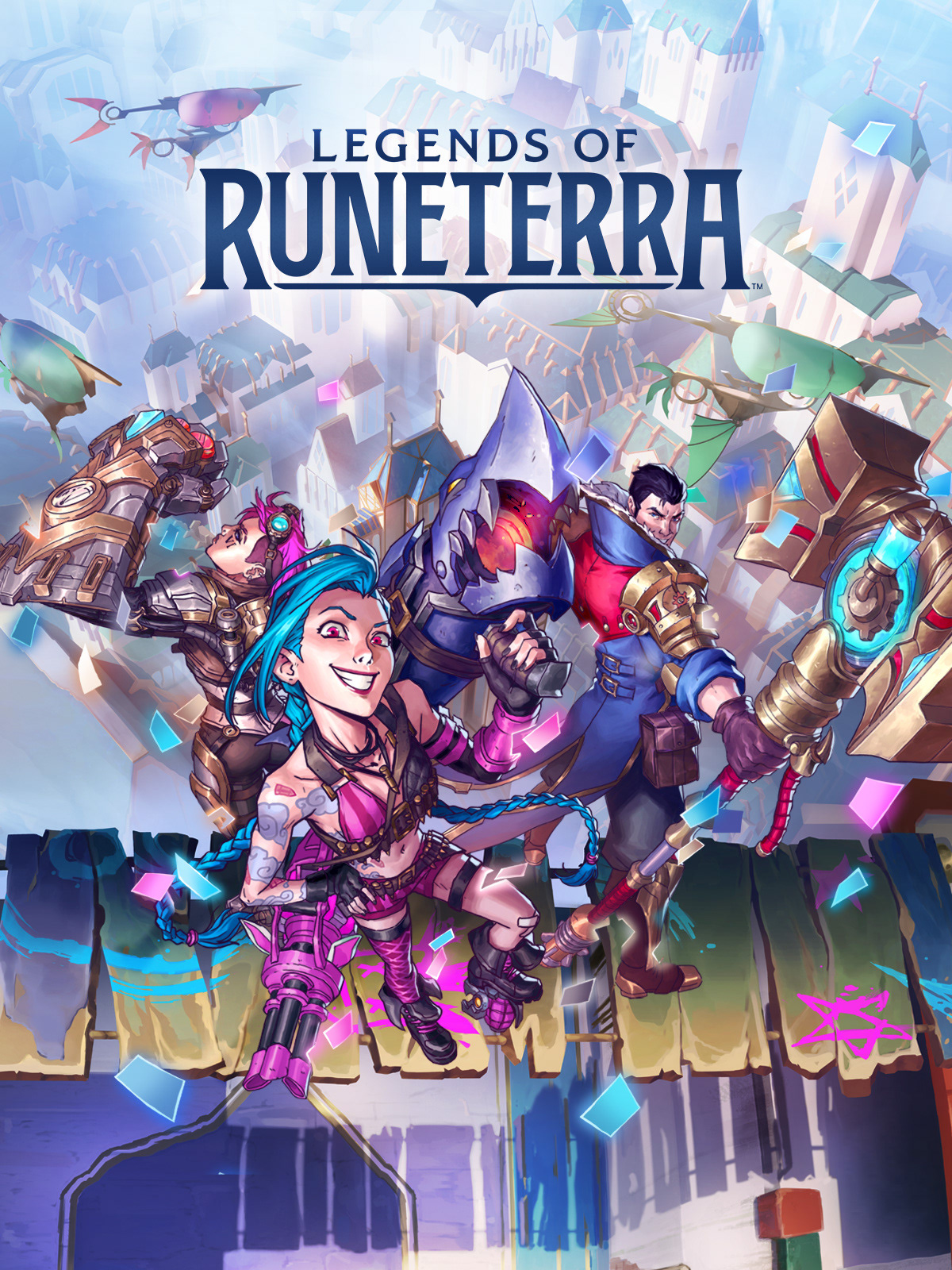

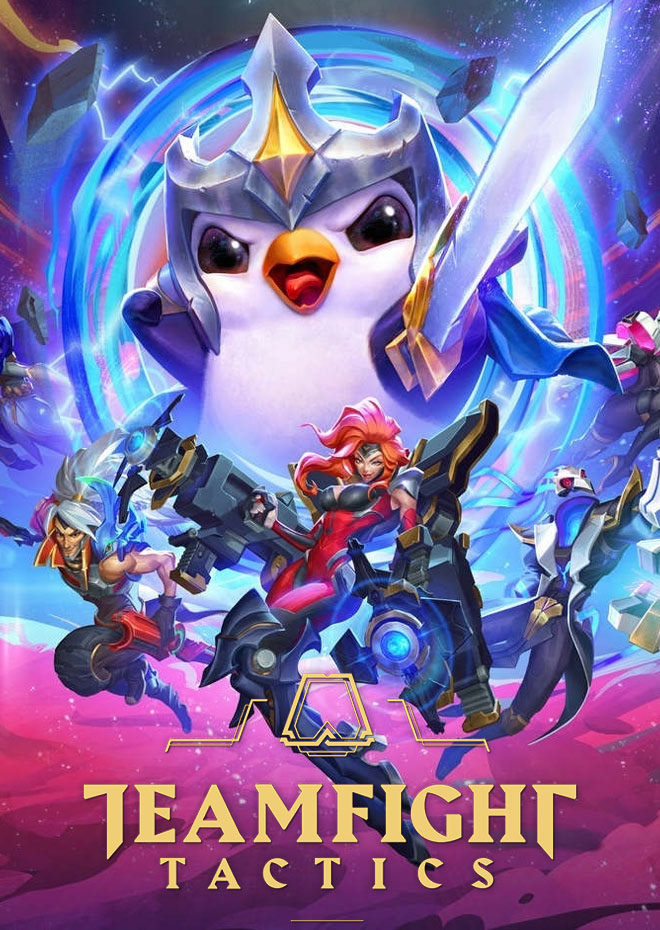
About Mun
Mun is currently working at Riot Games as a UI Lead/Visual Designer. Initially starting out as a graphic designer and working on brands, her deep interest and passion in games eventually led her to working at AAA companies such as Ubisoft as UI Lead. At Riot Games, she is in-charge of two of their projects: Legends of Runeterra and Teamfight Tactics.
Immersion in Video Games: 4 Types of Immersion
1. Spatial Immersion
An immersion whereby the player feels a strong sense of being fully present within the virtual world. This includes open-world games such as Horizon (Left) and Stray (Right).
A realistic art style is not necessary to create spatial immersion.
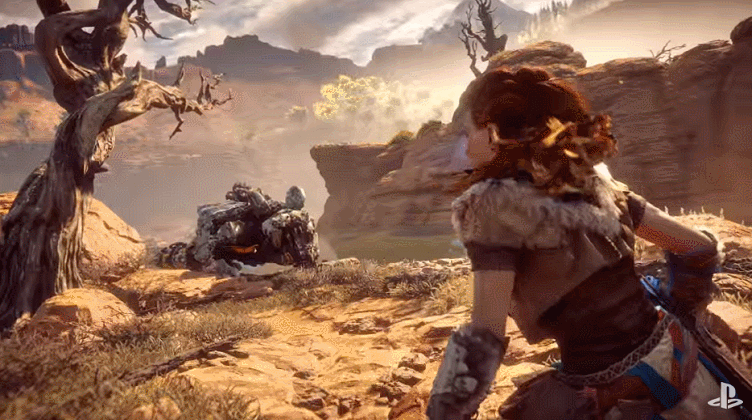
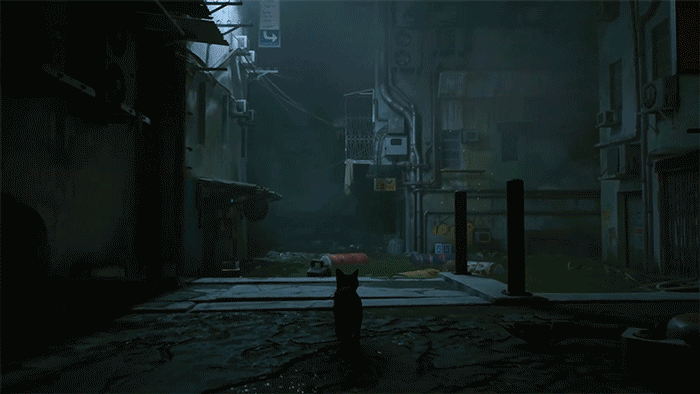
2. Narrative Immersion
An immersion whereby the player develops a deep engagement with the game’s story, characters, events and other narrative elements such as dialogues, backstory, quests, lore and more. Narrative immersion emphasises on invoking empathy. An example of such is The Last of Us.
3. Mechanical Immersion
This immersion emphasises on deep player engagement when interacting with game mechanics, systems, and gameplay elements. An example of such is Papers, Please.
4. Social Immersion
Games that encourage players to interact with others, either cooperatively or competitively. Examples of such include Among Us (Left) and Fortnite (Right).
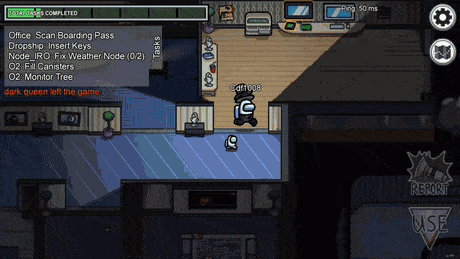
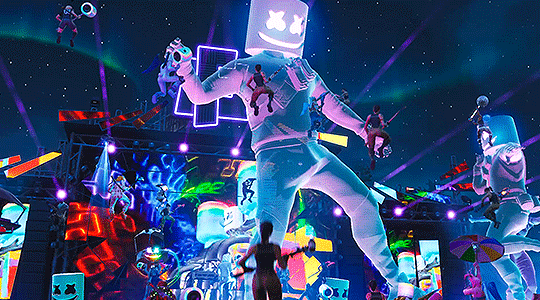
UIUX in Games and its Impact on Immersion and Player Experience
UIUX helps to support immersive game experience to players.
Immersive Game Experience -> UIUX -> Player
UI is important as it communicates to player the state of the game, and amplify the emotional aspect of the player experience. It is also a tool for players' input and action (Intuition and Deliberate).
UI Designer's Responsibilities
1. HUD (Head-Up Display) UI
A 2D UI design with a layer of 2D UI elements laid on top. These elements include mini map, information, currency counter, player's and enemies health bar, damage number and etc.
2. Diegetic UI
An UI that is made to look as if it is entirely part of the game's narrative. It is something that allows the player or the character to interact with in the virtual world.
3. Menu (Overlay)
An overlay menu that only covers a portion of the virtual screen.
4. Menu (Fullscreen)
A menu that covers the whole screen.
How Different Games Approach HUD UI
1) Navigation UI
Navigation UI acts as a way-finding tool to enhance player's spatial awareness by providing directional guides.
Example 1: Mini Map
A complaint is that mini maps can hinder players' organic experience by providing too too much information. It distracts players into focusing their attention primarily on the mini map instead of the main game, preventing them from freely roaming around the world.
Example 2: Compass
Compass only gives players a general direction, allowing them to freely explore while travelling to their destination. As it takes less screen space, it does not divert player's attention and allows them to focus onto the game.
2) Diegetic UI
UI elements and information that exist within the game world and are integrated into the game’s narrative and environment.
Example: Alien Isolation
Adapted from the Alien movie franchise, Alien Isolation is a survival horror game whereby players play as Amanda Ripley to escape the space station Sevastopol while avoiding an Alien creature on the loose.
UI elements and information are used in the motion tracker to evoke a sense of anxiety, paranoia, and fear from the player.
Example: Journey
An adventure game where there’s no UI, but skill-fully uses lighting and environment to guide the player.
There is no distinction on whether all games should have more or less UI. It really depends on the individual games such as the genre, experience, platform and control, target audience, setting and accessibility.
Game Development and Roles
Stages of Game Development
Stage 1: Planning
The game team will ask questions of why they are making this game, whether they can make the game, rough budget estimations, fundings and etc.
Stage 2: Pre-Production
Project starts taking form. This is when the team will decided if they needed more manpower and etc.
Stage 3: Production
The most labour intensive stage as it includes making the game, design mechanics, coding, creatures, props, music and etc. It also includes alpha and beta testing.
Stage 4: Testing
Addressing and fixing bugs, performances and etc.
Stage 5: Pre-Launch
Talking with the game publisher.
Stage 6: Launch
Fixing final bugs, performance issues and etc.
Stage 7: Post-Launch
Provide ongoing patches, fixes based on players' feedback.
Differences between UX and UI Artist
UX Designer usually work on:
1) Player Journey
2) Screen Flow
3) Interaction Design
4) Wireframe
5) Prototype/Play test
UI Artist/Visual Designer usually work on:
1) Style Guide
2) UI Design
3) UI Motion Graphic
4) Illustration for the UI
It is not uncommon for UI artist to also do illustrations. It all boils down on manpower, you may need to cover more disciplines and roles.
Q&A Session
1) How do I get started as an illustration student?
There is a place for UI artists for illustrators because of the various art styles that is required.
2) What are the hard and soft skills required?
You first need to have a strong interest in video games. You also need to demonstrate your illustration skills in your portfolio by making UIUX. You also need strong communication skills.
3) What is the hardest point in being UIUX designer?
Being the "center" and the "bridge", you need to work with many different team departments (Game Design, SFX/VFX, etc.). There will be many disagreements when the different teams have conflicts. It can be especially stressful when UIUX is being delivered at the last part of production, especially when it is not viewed as important compared to the other aspects.
4) How long does it take to develop a game?
Triple A games can take at least up to 5 years to develop. Smaller games will perhaps take 3-5 years. Planning itself can take 1 year alone because it's vital. It is dangerous to start working on production if you do not have strong pre-planning and planning.
5) What do you look out for in portfolios?
When we look at portfolio, we do not necessarily look at specific art style. We want to see if this person can take on different and diverse art styles for different types of projects. However, it all depends on the studio's demands.
Reflection
I felt that this lecture session is very insightful as I have learnt many new things from the session. As an illustrator myself, this session was also very applicable to me. Aspiring to be a storyteller, this also made me consider in expanding my current job scope to UI artist as I learnt about the importance and impact that UI can bring in contributing to an immersive experience to people.
